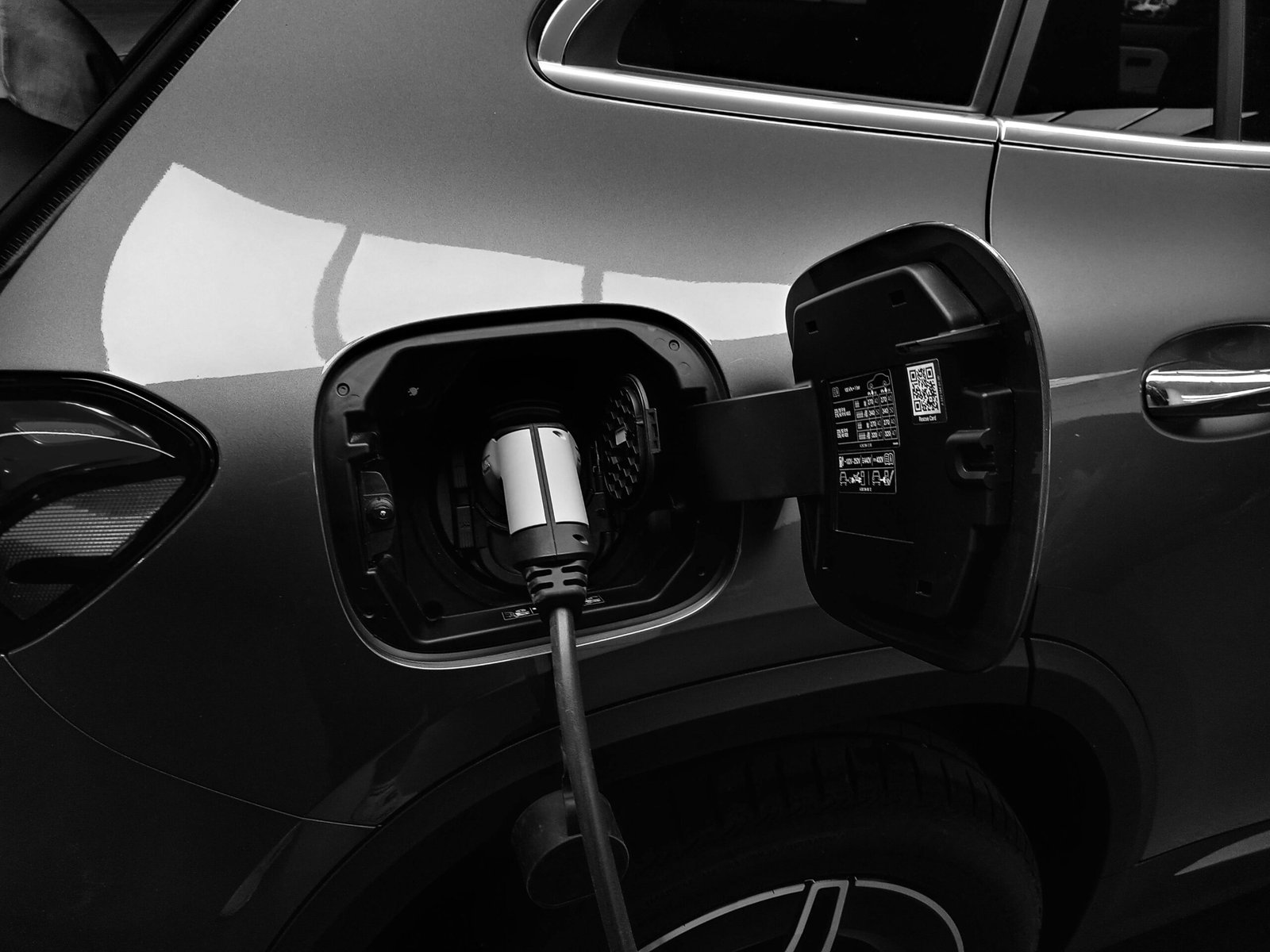Electric cars are becoming more common on UK roads, and charging them is one of the biggest questions new owners face. Many people think you always need a special home charger, but that’s not true. A simple 3 pin EV charger lets you power up your car using the same type of socket you use for a kettle or a toaster.
This option is not the fastest, but it can be handy. For short daily trips or as a backup when no charging station is nearby, the 3 pin plug can feel like a lifeline. It’s like filling a water bottle with a slow drip. Patience is needed, but in the end, it gets the job done.
What Is a 3 Pin EV Charger?
A 3 pin EV charger is a cable that lets you plug your car into a regular UK plug socket. Often called an EVSE cable with a 3 pin plug, it comes with many electric vehicles. It’s slow, but simple. It doesn’t need a special charger box.
It usually gives up to about 2.3 kW of power for sockets rated at 10-13A. That means it adds only a few miles of range per hour. If your daily driving is small, this may be all you need. If you drive a lot, this plug may feel like walking instead of riding a bike.
How Fast Does It Charge?
Using a 3 pin plug is slow. A wallbox charger (home charger) may give 7 kW or more. In comparison, a 3 pin plug at 10-13A gives 2.3 kW max.
Here’s what this means:
- If your battery is 40 kWh and empty, charging using a 3 pin plug might take 15-20 hours.
- If you have a small commute, say 20-30 miles per day, it may be okay if you charge overnight.
- For bigger journeys or heavy use, you’ll feel that it takes too long.
Is It Safe?
Yes, with care. Using 3 pin sockets for EV charging has some safety concerns. Treat the plug like an extension lead that has to carry a heavy load, like a large kettle or heater, for many hours.
Some safety tips:
- Use the cable supplied by the vehicle maker if possible.
- Don’t use poor-quality extension leads. If you must, use a heavy-duty, rated one.
- Keep the socket and plug dry. Moisture is the enemy of safety.
- Inspect cable for damage, worn plug pins, or loose connections.
A guide from Motoring Electric says you can charge with a 3 pin plug, but only for occasional or emergency use.
When It’s OK to Use a 3 Pin Plug
Like wearing slippers at home, it is comfortable and simple. But not for running outside in snow or rain. It works best when:
- You have short daily journeys.
- You can leave the car plugged in overnight.
- You’re using the cable that came with the car.
Motoring sites suggest having the 3 pin plug as a backup if no wallbox is available.
When a Wallbox or Dedicated Charger Is Better
A wallbox is like a swimming pool instead of a bathtub. Much faster, more powerful, built for charging EVs.
Higher power chargers like 7 kW wallboxes can reduce charging times dramatically. RAC says wallboxes are about three times faster than a 3 pin plug.
If you drive long distances, live in a cold place (battery loses range in cold), or want to charge during peak hours, a dedicated charger helps a lot.
What You Need to Check Before Using 3 Pin EV Charger
Here are things to check, like checking brakes before driving down a steep hill:
- Socket rating: Should be 13 A, in good condition.
- Cable quality: Certified by safety standards (look for CE or UKCA marks).
- Distance: Cable must reach safely. If long, heavy wire is needed.
- Overnight charge: Charging for long hours means the socket might heat up. Monitor temperature.
Some threads in EV forums warn that sockets or plugs can get hot when charging for long hours at near max current.
Real-Life Examples
- Many EV owners say their “granny cable” works fine if used only overnight for a short commute.
- But some say extension cords become a worry, especially in bad weather or when left out in the rain.
Pros and Cons
Pros |
Cons |
| Cheap. Uses a plug socket you already have. | Very slow charging. Takes many hours. |
| Portable. You can take a cable with you. | Strain on the socket or the wire. May overheat. |
| Good backup option. | Not ideal if you need a full charge often. |
| No special installation needed. | Weather and cable quality matter a lot. |
Tips for Better Use
- Charge when electricity is cheapest (off-peak hours).
- Keep the cable coiled loosely, don’t pull it tight or trap it under car parts.
- If the socket gets warm, stop and let it cool.
- Use a proper outdoor socket if plugging outside.
Final Thoughts
A 3 pin EV charger is like a slow, steady drip filling a bucket. It takes time. But for many people, it’s enough if used correctly, safely, and when you don’t need fast top-ups.
If you drive often or need fast full charges, consider investing in a wallbox or higher power charger. But keep the 3 pin plug as a reliable backup. It’s simple, it works, and with care it can serve well.


Leave a Reply